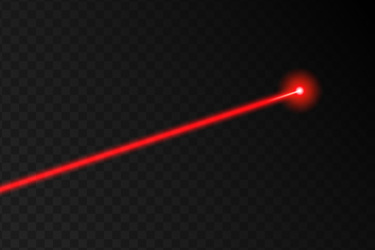Why Is The Surface Of My Detector Damaged?

So your laser power detector is supposed to be good up to 110W and you damaged its surface with a 30W laser? Sounds familiar? Why is this happening? Let’s find out!
MAXIMUM AVERAGE POWER VS. MAXIMUM POWER DENSITY
When choosing the most adequate power meter to measure the power of your laser, you should not only look for the maximum average power that the detector can take, but also the maximum power density that it can handle.
In other words, not only how many Watts can be absorbed by the surface of the detector without damaging it, but also how much power by cm² that you can apply on the absorber.
Therefore, when we list the different capabilities of our power meters, we always specify damage thresholds for both average power and power density. Understanding your laser power detector spec sheet is important and actually quite simple once you know the terminology.
Of course, the beam size and shape will impact the power density of your beam. Hence, when the power density of your laser is close to the damage threshold of the detector, we recommend expanding your beam on the absorber surface to avoid damaging it.
Get unlimited access to:
Enter your credentials below to log in. Not yet a member of Photonics Online? Subscribe today.
